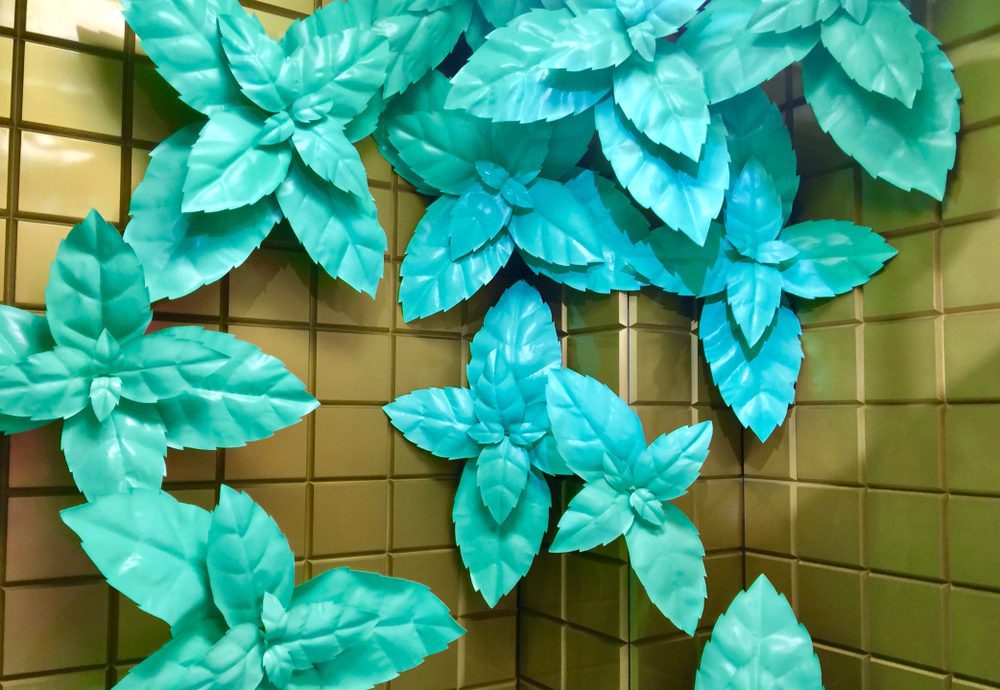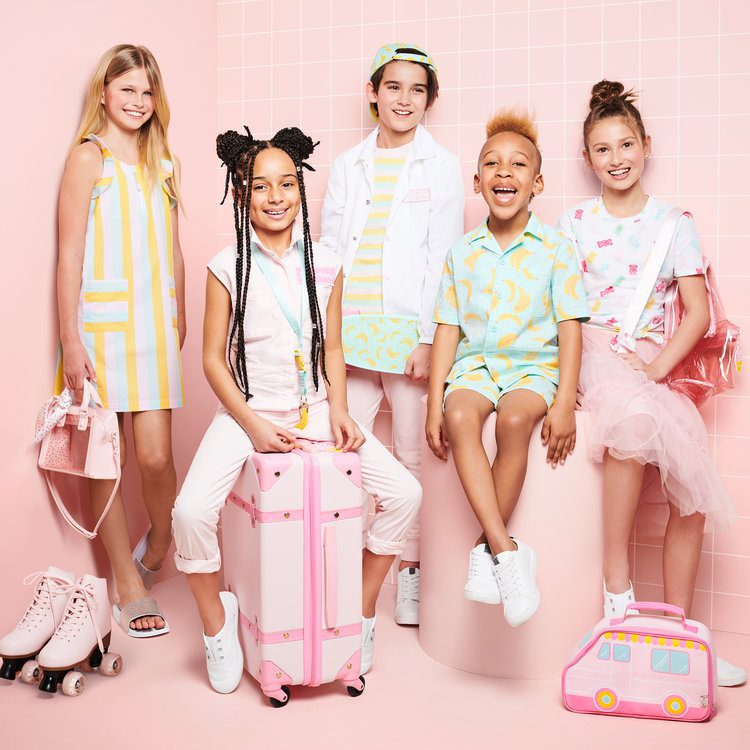Who likes ice cream? Trick question: The correct answer is EVERYONE. On average, each American citizen will consume twenty-three pounds of ice cream every year. It remains one of the most popular desserts of all time and is unlikely to be surpassed anytime soon. So, it really shouldn’t be too surprising that there’s a Museum of Ice Cream.
Located in San Francisco, the permanent version of the Museum of Ice Cream (MOIC) is one of the most popular tourist attractions in the city. Inside, guests can take a seat at Marye’s Diner, explore the Ice Cream Vault, or take a dip in a pool filled with rainbow sprinkles. (Don’t worry, they’re all plastic.) And yes, included in the price tag are multiple ice cream tastings, although more can be purchased from the gift shop.
To be fair, calling the MOIC a traditional “museum” is a bit of a stretch. It more resembles an ice cream-themed art exhibit with multiple installations. While some are constant, others switch out and change with the seasons. The museum itself used to be ever-changing; it originally started as a pop-up exhibit in Manhattan. The San Francisco version is merely its first permanent residency.
There is some education on the history of ice cream throughout MOIC, but the real draw is the imaginative displays. Part of its rise to popularity is due to the endorsement of celebrities like Katy Perry and Beyoncé visiting and taking fantastical selfies. The background of the sprinkle pool intrigues followers, who then follow the hashtags or their own search to find the location. It’s the technological age equivalent of word-of-mouth.

Founder Maryellis Bunn describes herself as “always just hustling” to The Atlantic. She started her first business as a child, selling painted rocks to church-goers. After graduating from New York University and working as head of forecasting and innovation for Time, she and her friend Manish Vora decided to launch their first “museum.” The rest is candy-coated history.
That’s not to say all is pink and sweet. Both the Miami and San Francisco installations have received criticism from environmentalist groups and politicians over the rainbow sprinkle pool. Guests who fail to completely rid themselves of the plastic sprinkles track them out of the building, dirtying the streets and potentially posing a risk to wildlife. MOIC has made efforts to prevent this through blow dryers and biodegradable plastics, but concerns remain. Others see it as vapid and existing purely as a glorified Instagram filter, a view Bunn hates with a passion.
Whichever side of the fence you’re on, there’s no denying the success of MOIC. Sales are estimated to break $20 million by the end of the year, an impressive feat for a project only two years old. Similar exhibits, like The Color Factory and 29 Rooms, are reporting similar success. Companies like Sephora and Target are selling makeup and clothes based on the brand, respectively, with the latter also carrying- you guessed it- pints of official MOIC ice cream.

The Museum of Ice Cream is, in Bunn’s own words, a place to bring people together. She firmly believes that ice cream is a universal love, and therefore something that should bond us. Sure, maybe you prefer Rocky Road while another likes Mint Chip, but that’s no reason to argue. Exploring a sugar-coated world based on everybody’s favorite frozen confection should be a happy thing. As she told Forbes, “it’s all about fun, and feeling like a kid again.”
If the pictures on Instagram are to be believed, then guests must agree wholeheartedly.
Follow our World of Creation where “what if” becomes “what is.”




